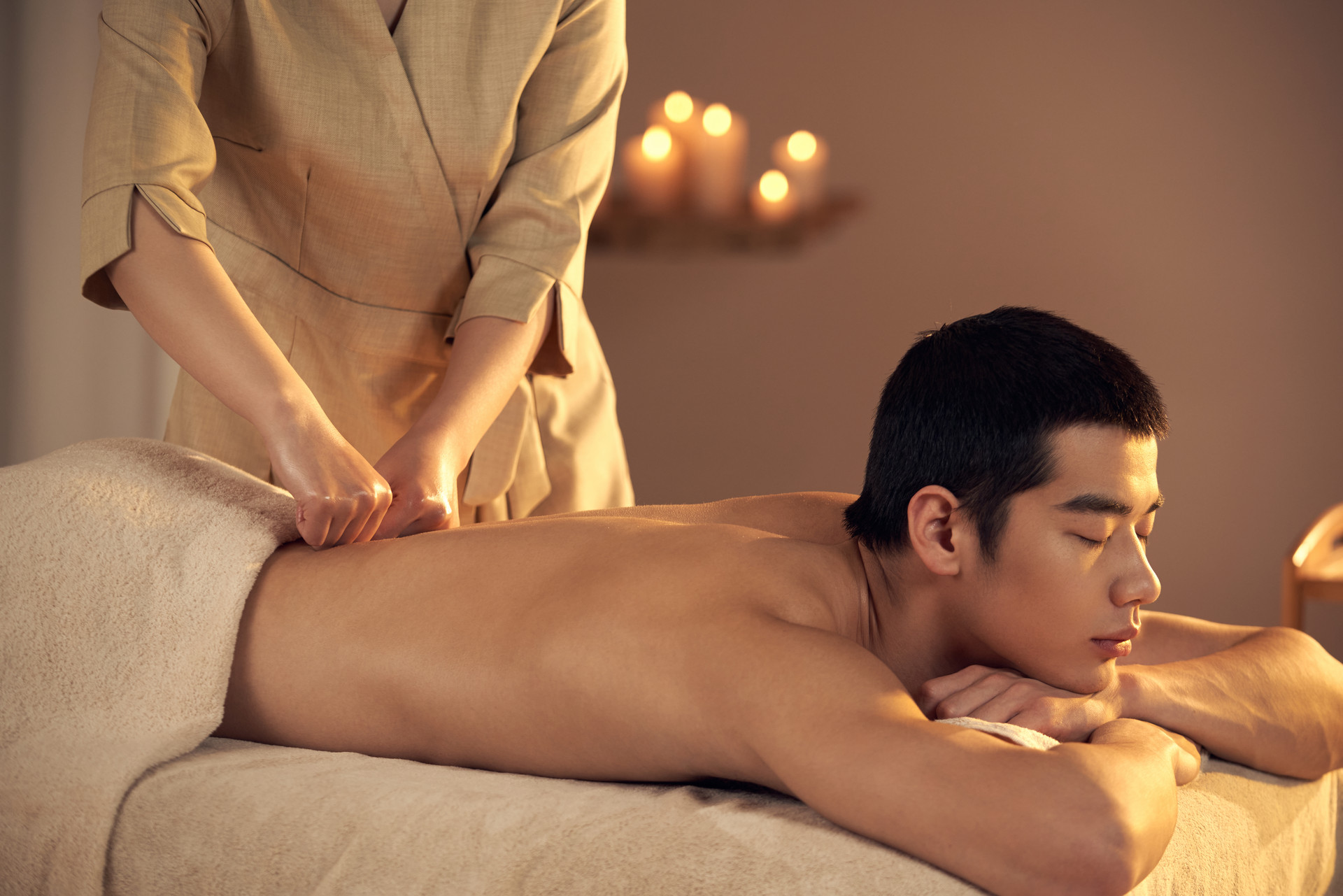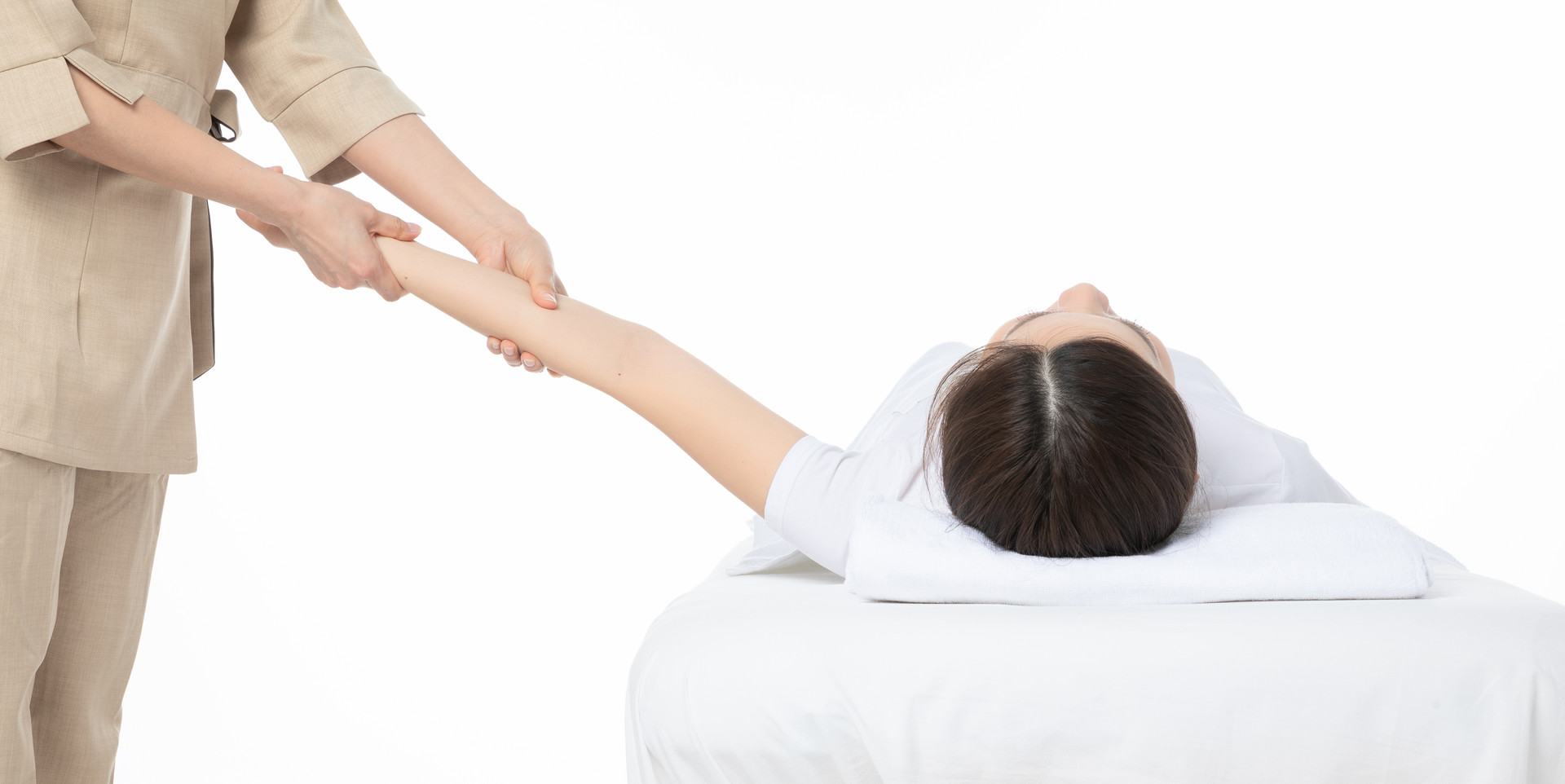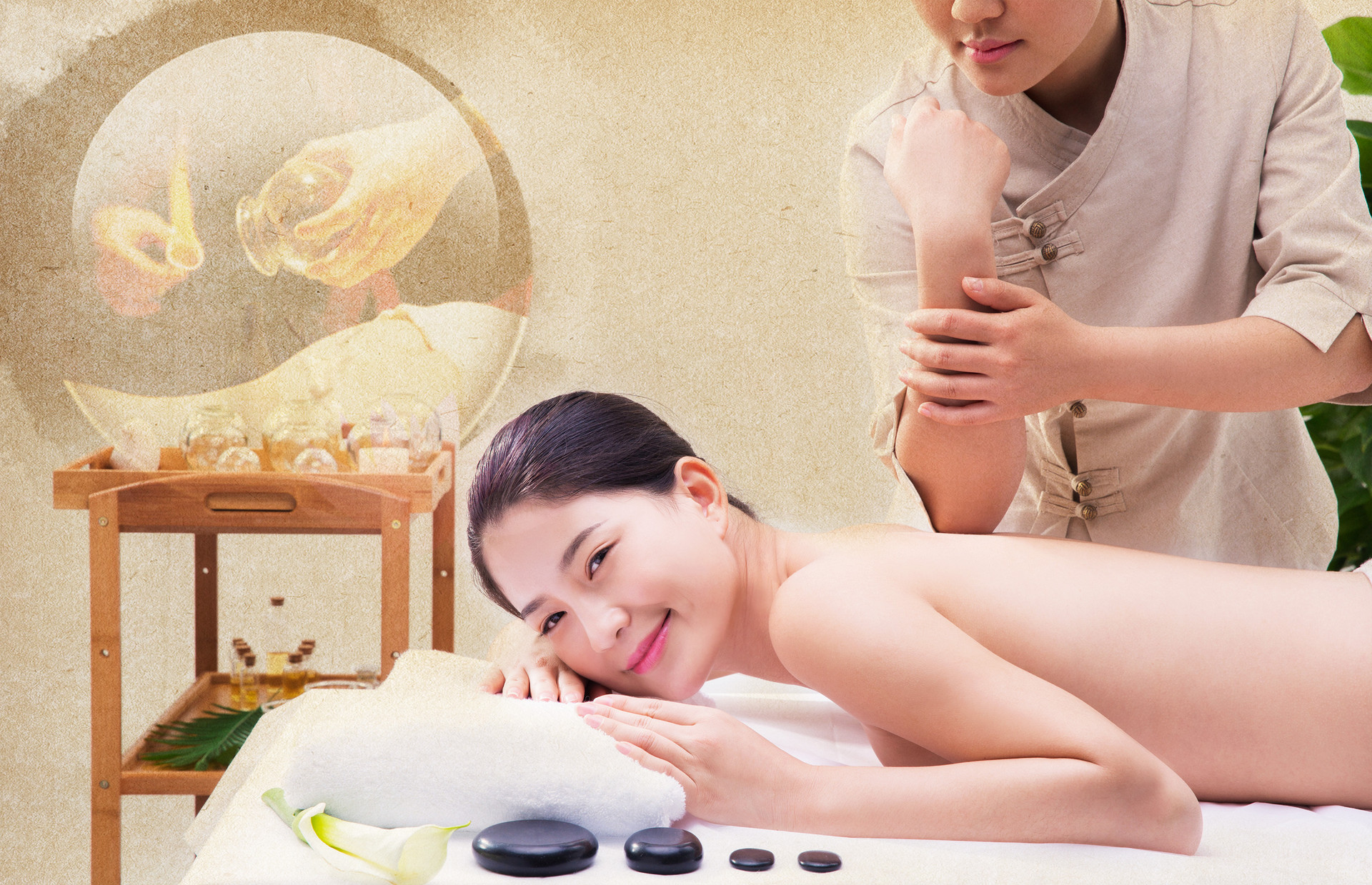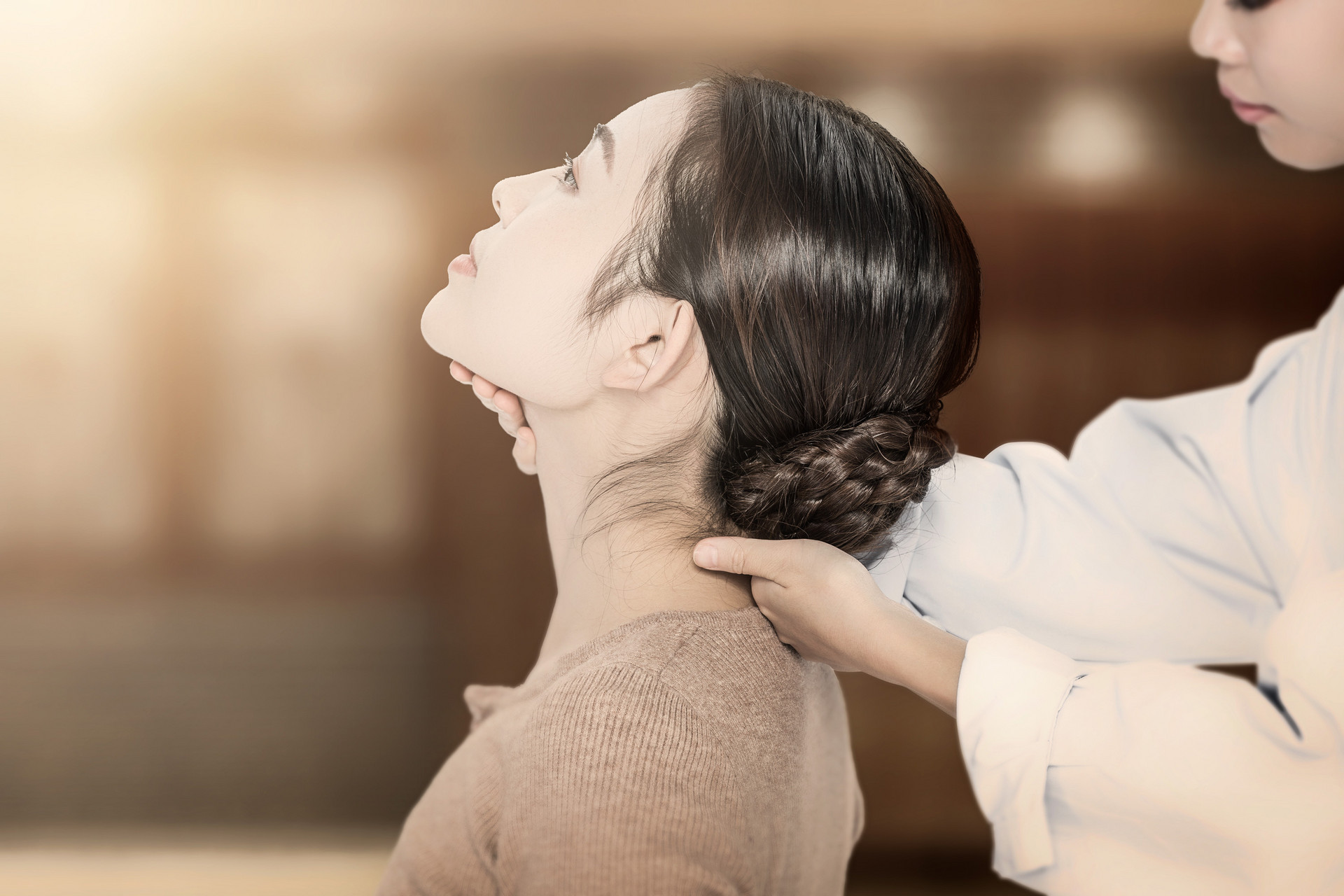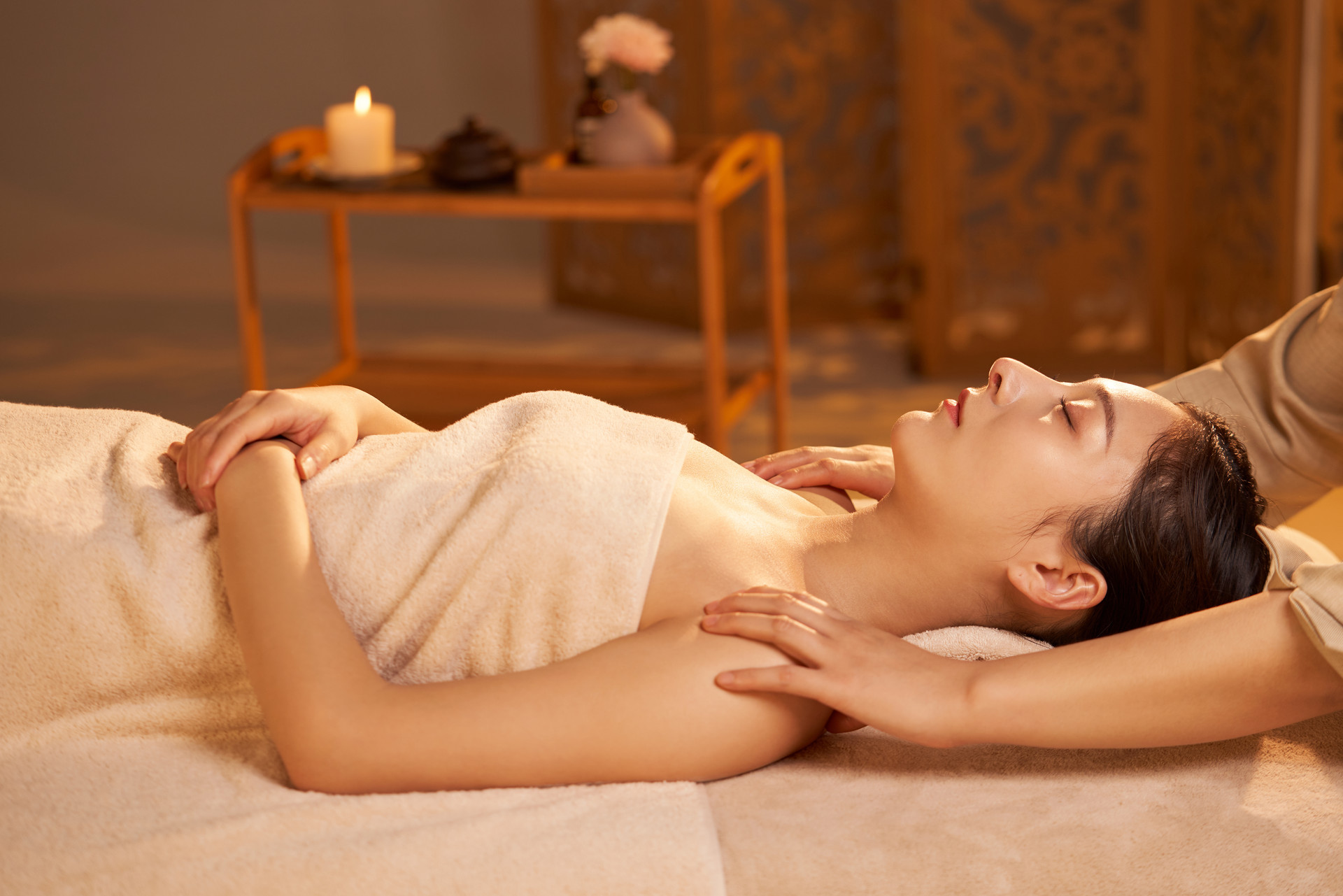Quze acupoint is located in the elbow of the human body. Regular massage of the Quze acupoint has the effect of clearing the heart and eliminating irritability. Therefore, when we experience symptoms such as chest heat and dizziness, we can regulate them by massaging the Quze acupoint. Let's take a look at the benefits of massaging the Quze acupoint.

Picture of the Quze acupoint
[The exact location of the Quze acupoint]
1. Standard positioning
The Quze acupoint is located in the transverse crease of the elbow, on the ulnar side of the biceps tendon.
2. Acupoint selection method
Supine palm, flex the elbow at a 45° angle, select the acupoint at the ulnar side of the brachialis tendon, in the depression of the ulnar side of the biceps tendon.
Quick acupoint selection: Bend the elbow slightly, and you can feel a large tendon inside the bend of the elbow. The depression can be felt on the inner side of the transverse crease, which is the Quze acupoint.
3. Acupoint anatomy
Under the Quze acupoint is the skin, subcutaneous tissue, median nerve, and the brachialis muscle. The brachial artery and vein are also distributed here. The main trunk of the median nerve is distributed here. The skin is innervated by the cutaneous nerve of the inner side of the arm, and the skin lines are deeper.

Picture of the Quze acupoint
[The benefits of massaging the Quze acupoint]
1. Calming the mind and relieving pain
In the Five Elements theory, the pericardium meridian belongs to the fire element, while the Quze acupoint belongs to the water element. Therefore, regular massage of this acupoint has the effect of clearing the heart and eliminating fire, relieving irritability, and calming the mind. If you often experience symptoms such as chest heat, dizziness, or suffer from diseases related to the pericardium meridian heat, such as hypertension and angina, you can regulate them by massaging the Quze acupoint.
In addition, the Quze acupoint can also be used to treat heart pain. In "Bronze Man", it is said that the Quze acupoint can "treat heart pain, relieve hot sensations in the body, relieve irritability and dry mouth, reverse qi and vomit blood, treat wind disorders, and relieve tremors in the arms, elbows, and wrists" and other symptoms.
2. Nourishing the liver
In the theory of yin and yang and the Five Elements, the liver belongs to the wood element. The meaning of "quzhi" is that there is straightness within the curve, and there is a harmonious balance between rigidity and flexibility. Therefore, it can be understood as the liver. This acupoint is particularly effective in treating liver diseases, and it has extraordinary abilities in nourishing and protecting the liver, making it an important acupoint for liver health.
In addition, acupuncture therapy on the Quze acupoint can promote opening the orifices, dispel pathogenic factors, activate blood circulation, remove blood stasis, and regulate the meridians. Pressing this acupoint for a long time has very good effects on symptoms such as vomiting, spasms, muscle contractions, convulsions in the limbs, chest heat, dizziness, and brain swelling.

Picture of the Quze acupoint
[Acupoint therapy for the Quze acupoint]
Treatment principles: If cold, needle and bleed, or evacuate and replenish, or use water needle therapy. If hot, use water needle therapy or evacuate.
Massage therapy: Use the thumb to tap the Quze acupoint 100-200 times to improve palpitations, heart pain, and coughing up blood.
Moxibustion therapy: Use a moxa stick to gently warm the Quze acupoint for 5-20 minutes, once a day, to relieve shock and heart pain.
Gua sha therapy: Use scraping therapy for 3-5 minutes using a scraping tool, once every other day, to treat fever, palpitations, heart pain, and restlessness.
Acupuncture therapy: Needle the Quze acupoint directly to a depth of 0.3-0.5 cun, causing local soreness and swelling. The soreness can be spread to the arm or elbow (or use a triangular needle to puncture and bleed).




